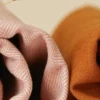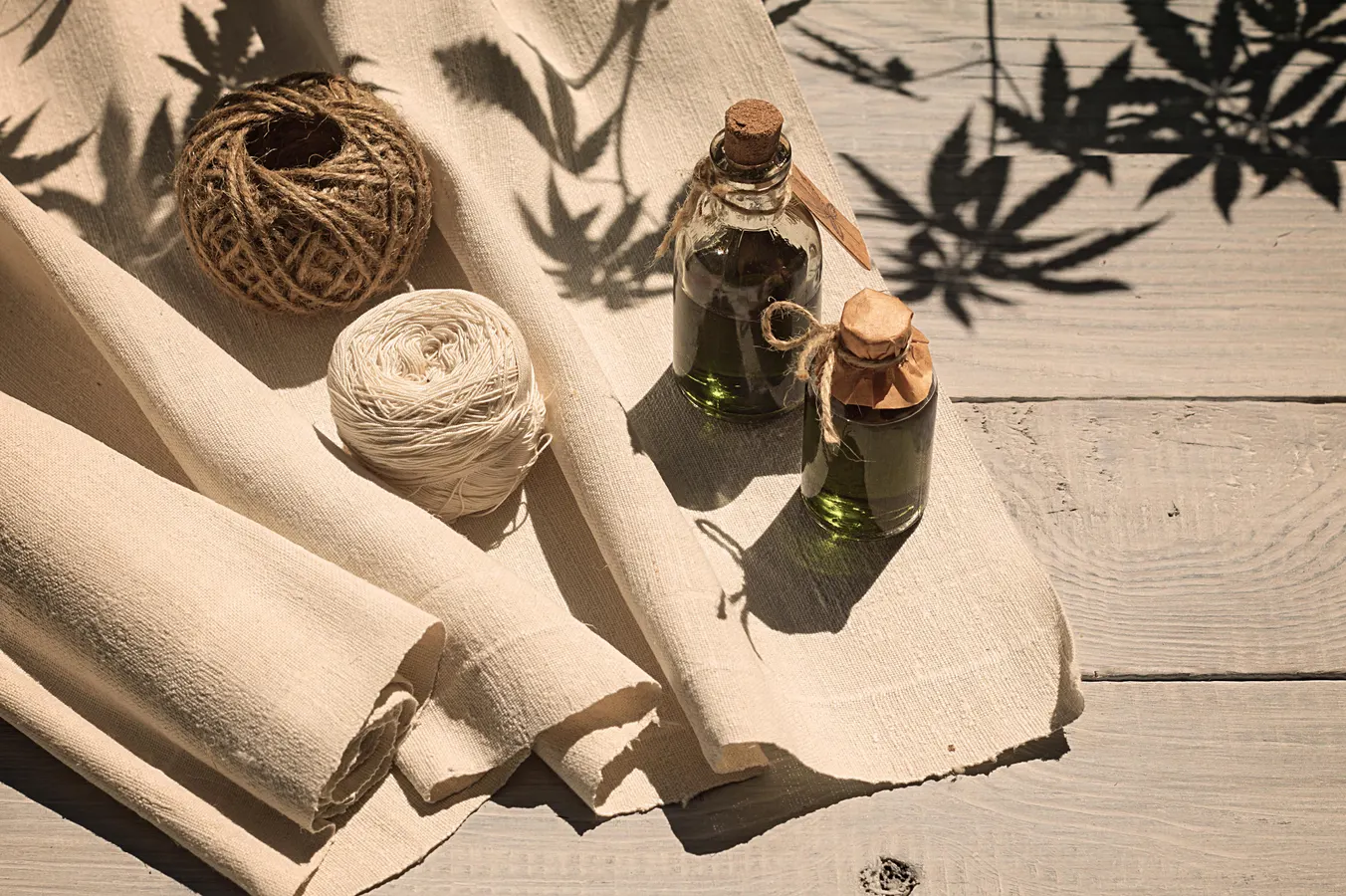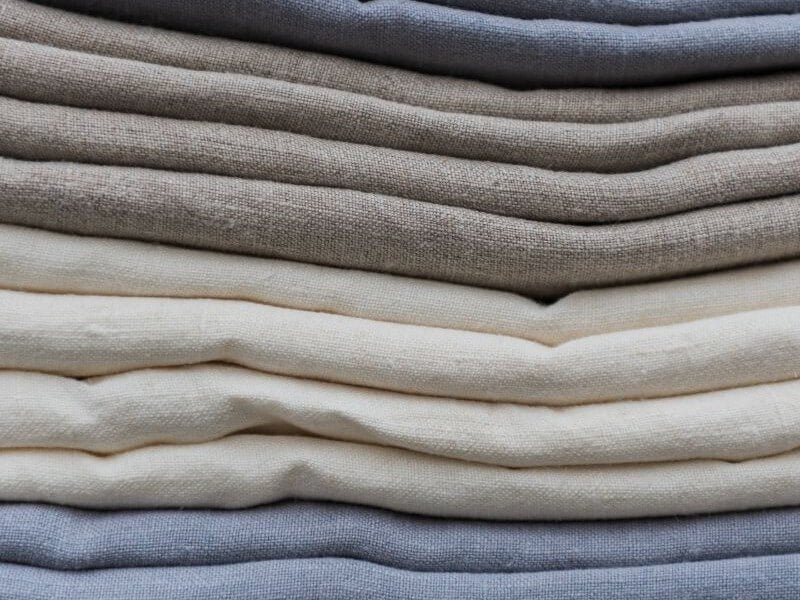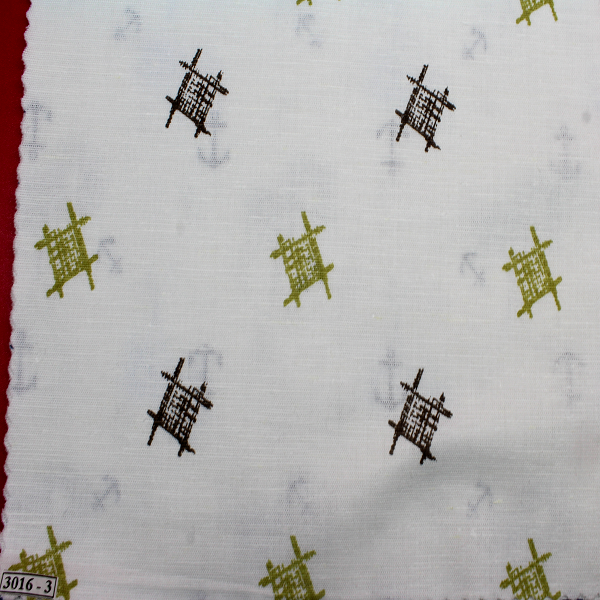What the EU’s New Sustainability Laws Mean for India’s Hemp Industry
Sustainability is no longer just a trend—it’s becoming a global mandate. With the European Union (EU) implementing new sustainability laws that focus on reducing environmental footprints and encouraging ethical practices, industries worldwide are gearing up for significant changes. One sector that stands to benefit greatly is the hemp industry in India. As the demand for hemp fabric products, hemp clothing products, and other eco-friendly solutions grows across Europe, India’s hemp ecosystem has the opportunity to shine. The EU’s regulations will influence how consumers perceive hemp-based materials and could open new markets for those looking to buy hemp clothing products or explore the best hemp clothing in India. At Echo Earth, we believe this is a turning point for both the environment and the global fashion industry. EU Sustainability Laws: An Overview The EU has introduced stricter sustainability regulations under frameworks like the EU Green Deal and Corporate Sustainability Due Diligence Directive (CSDDD). These laws aim to make businesses more accountable for their environmental and social impact. Key elements of these laws include: Mandating transparency in supply chains. Promoting the use of sustainable fabrics over synthetic, resource-heavy materials. Encouraging carbon-neutral and circular economy practices. Supporting renewable and biodegradable resources. This directly aligns with what the hemp industry already represents—natural, renewable, and eco-conscious solutions. Why Hemp is the Perfect Fit for EU’s Sustainability Vision Hemp has long been recognized as one of the most sustainable crops in the textile industry. It requires minimal water, grows quickly without pesticides, and naturally improves soil fertility. Compared to cotton, hemp farming has a much lower environmental footprint. For fashion and lifestyle brands in Europe, hemp offers: Eco-friendly raw materials for clothing. Long-lasting, breathable fabrics ideal for modern fashion. Compliance with EU’s sustainability regulations. This makes hemp not just an alternative, but a preferred choice for businesses and consumers in the European Union. Opportunities for India’s Hemp Industry India has been steadily building its presence in the global hemp market. With the EU’s push toward greener materials, the demand for hemp clothes and hemp fabric products will only rise. Here’s how India can leverage this momentum: 1. Expanding Exports of Hemp Clothing Products Indian manufacturers can position themselves as global suppliers by meeting EU sustainability standards. This creates export opportunities for those looking to buy hemp clothing products at scale. 2. Establishing India as a Hub for Sustainable Textiles With its strong textile heritage, India can become a leader in the production of hemp clothing products. From everyday wear to premium fashion, Indian hemp brands can dominate international markets. 3. Strengthening Eco-Conscious Branding Consumers in Europe are increasingly aware of the impact of their fashion choices. Highlighting India’s eco-friendly hemp production practices can make the best hemp clothing in India a global symbol of sustainable fashion. Challenges to Address While opportunities are abundant, India’s hemp industry must also overcome challenges to fully align with EU’s requirements: Regulatory Hurdles: Hemp regulations in India are still evolving, and smoother policies will be key for expansion. Supply Chain Transparency: Companies must demonstrate traceability to meet EU’s due diligence laws. Awareness and Education: Both consumers and businesses need greater awareness of hemp’s benefits compared to traditional fabrics. At Echo Earth, we are committed to addressing these challenges by ensuring that every piece of hemp clothing we create meets global sustainability standards. How EU Laws Will Impact Hemp Fabric Products The EU’s sustainability framework isn’t limited to clothing—it will impact multiple hemp-based applications: Hemp Fabric Products: These will gain popularity as eco-conscious home textiles like curtains, upholstery, and bags. Hemp Clothing Products: From casual wear to luxury apparel, hemp will become a go-to fabric for sustainable brands. Hemp Accessories: Bags, hats, and shoes made from hemp fibers will attract European consumers seeking alternatives to leather and synthetic options. This positions Indian manufacturers at the forefront of the eco-fashion movement. Why Echo Earth Stands Out At Echo Earth, we are passionate about creating hemp fabricproducts that don’t just look good but also feel good for the planet. Our curated range of hemp clothing products is designed to meet the growing demand for sustainability in fashion. Here’s why our products are trusted: Crafted from 100% natural hemp fibers. Produced using eco-friendly methods. Durable, breathable, and stylish designs. Globally aligned with EU sustainability requirements. When customers buy hemp clothing products from Echo Earth, they are not only making a fashion choice but also contributing to a greener future. Future of India’s Hemp Industry under EU Laws The EU’s sustainability push is not a short-term trend; it’s shaping the future of global trade. For India’s hemp industry, this means: Increased collaborations with European brands. Rising demand for hemp clothes in the international market. Potential government support to boost sustainable exports. The best hemp clothing in India will no longer be limited to domestic recognition—it has the potential to set global benchmarks for eco-conscious fashion. Conclusion The EU’s new sustainability laws present both opportunities and challenges, but for India’s hemp industry, the future looks bright. With a global shift toward greener alternatives, hemp is perfectly positioned to take center stage in the fashion and lifestyle industries. At Echo Earth, we are proud to be part of this journey, offering the best hemp clothing in India that meets international sustainability standards. As consumers and businesses continue to buy hemp clothing products, the movement toward a cleaner, more sustainable world gains momentum. Now is the time for India’s hemp manufacturers, designers, and eco-conscious brands to rise and lead the way in shaping a sustainable future.














